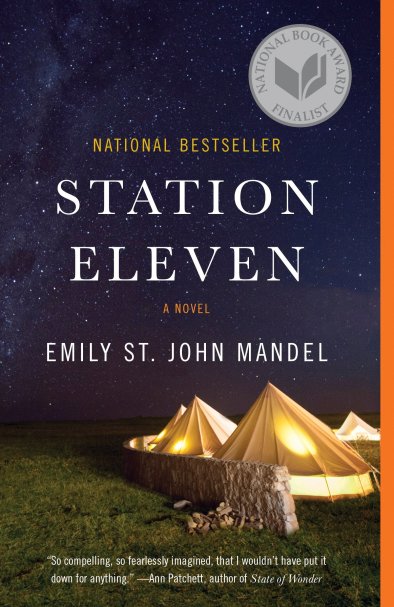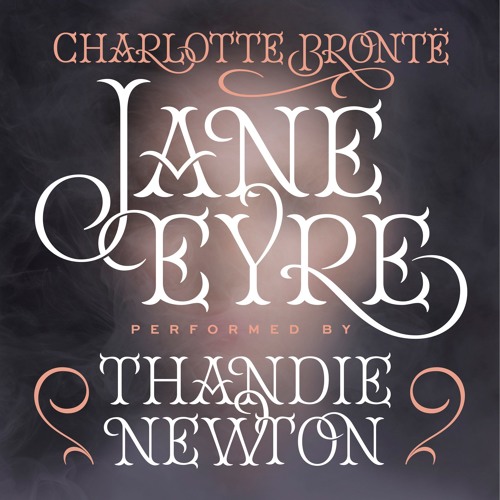
I apologize now, this review will not really be a review. It is more a love letter to the community at Cannonball Read.
Of the ten books we had to choose from for the So Popular bingo square, I had read most, but not all. The ones I haven’t read I don’t care to (looking at you, Divergent) so I was thinking about re-reading Eleanor & Park to go with last year’s re-read of Attachments or maybe The Martian to see if I still had a book crush on Mark Watney. I wrote up my #cbr10bingo list with a couple options and went about scheduling the books that were already on my to read list for the year.
But then I realized that what I really wanted to do was revisit the book that led to our having Cannon Book Club in the first place. MsWas had floated the idea at the end of 2014 about possibly having a book club. When I read Station Eleven the first time I knew that this was a book that needed a book club experience, and I loved it enough to step a little bit further out of my comfort zone (I had just organized my first book exchange for the site, even though we’d had one the previous year) and volunteer to do it. This book grew me as a person in ways I would never have expected when I picked it up at the end of January 2015.
The stories in Station Eleven ask you to think big thoughts: what can you do? What do you do if you know you have a matter of hours left to live? How do you survive? What mark can you leave behind? Do you even get to choose? What are the benefits of remembering? Of forgetting? While I was reading this time I knew what was coming, so I wasn’t as caught out by Mandel’s ability to distract me and send the reader flying in different directions or timelines than anticipated, but her style and mechanics still held together a finely drawn world which is eerie, unsettling, and full of tension waiting to be released. There were moments so exquisitely written, nuance settled deeply into the pages, that it in some ways felt like coming home.
I still love this book, and I love the togetherness it helped inspire. I look forward wholeheartedly to our FIFTH year of book club next year where we’re planning to tackle Good Omens and who knows what else. My most heartfelt thanks to all the people who make Book Club and Cannonball Read possible, I am so very lucky to have all of you in my life.




